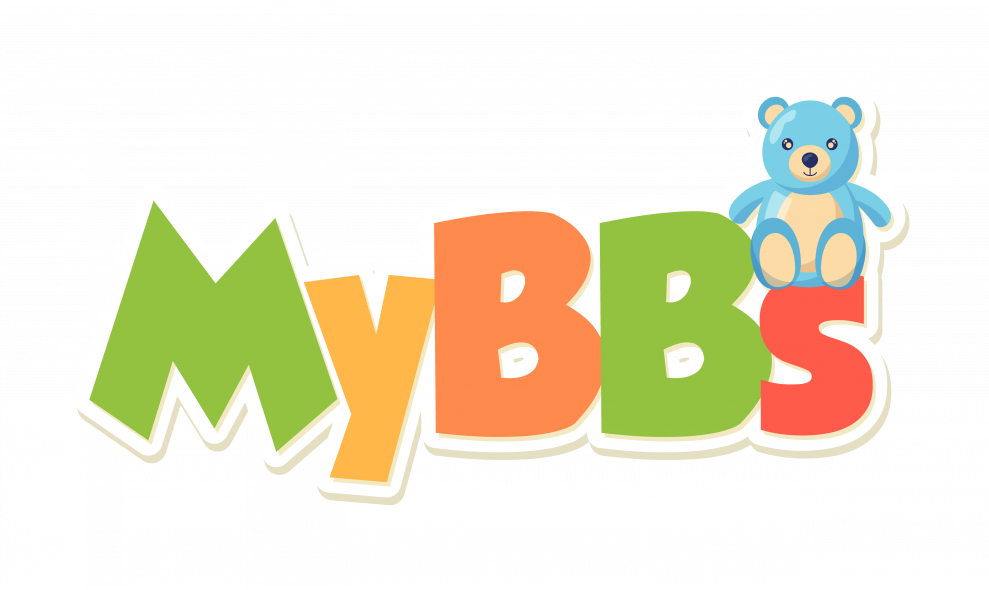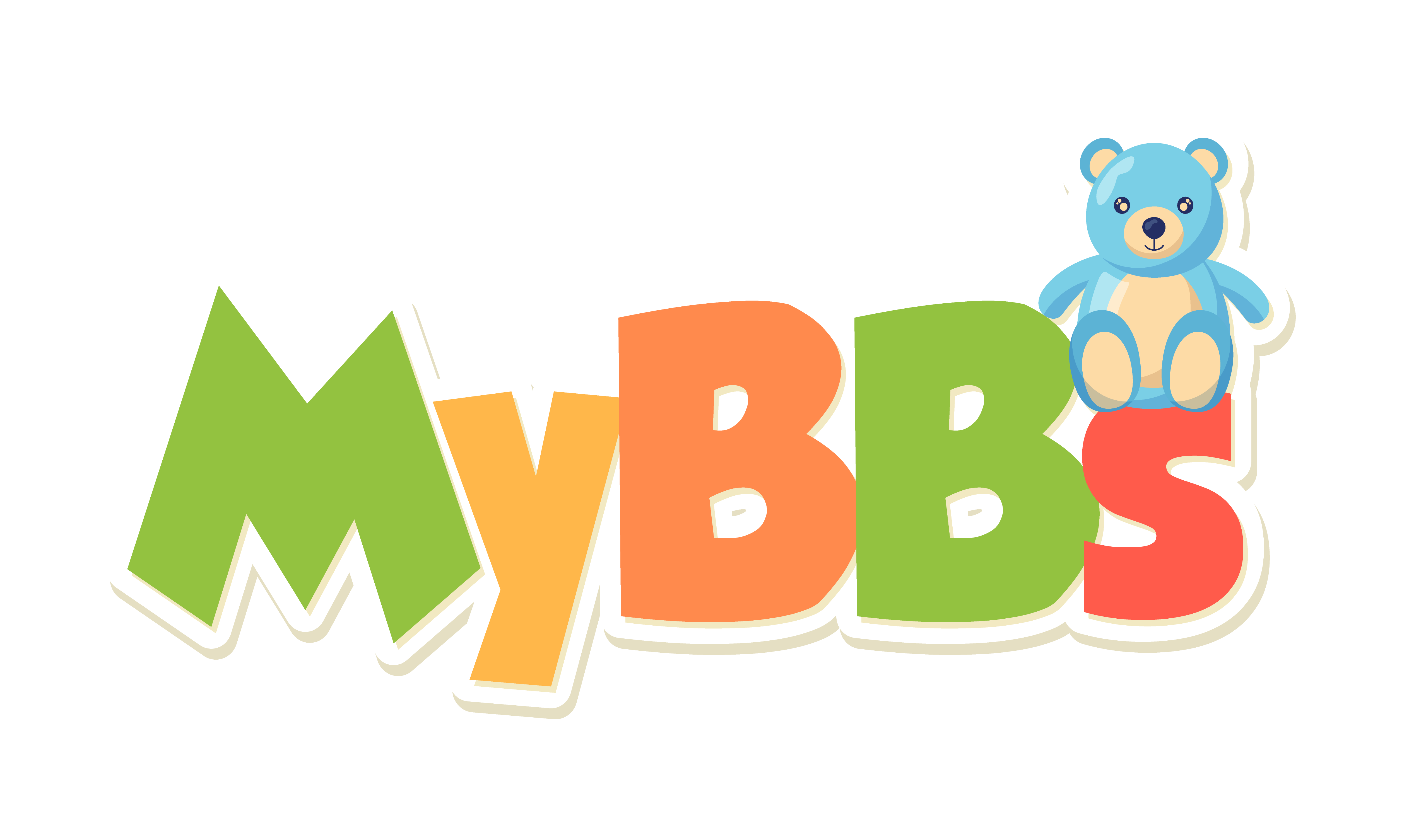Why Beanie Babies
The Fascinating History of Beanie Babies Reveled
In 1986 aspiring entrepreneur Ty Warner used up all of his life savings and the money from the sale of his home to start Ty inc. Less than a decade later he was a billionaire living a life of luxury.
The history of Beanie Babies is interesting and full of calculated business moves. Many of which are the brainchild of the brilliant tactician Ty Warner.
Read on as we dive deep into the history of Ty Beanie Babies. That way you can gain a broader understanding of this cultural phenomenon.
When Were Beanie Babies Invented?
Now that you know who invented Beanie Babies, it is important to think about the context in which they emerged. Beanie Babies were invented in 1993 at a time when most toys were sold at retail giants such as Toys “R” Us.
Instead of focusing on supplying Beanie Babies to these large corporate stores, Ty Warner focused his marketing strategy on smaller retailers.
Why Did Ty Choose Small Retailers?
Ty Warner was a brilliant business tactician. He deliberately planned almost all of his business moves. He chose to ignore big box stores for a variety of reasons.
Lower Retail Price
The original Ty Beanie Babies all cost $5. If Ty had chosen big box stores to sell his merchandise, they would have raised the prices to match their other inventory. By selling to small retailers, he could demand a low price tag.
Create Scarcity
In basic economic theory, the scarcity principle states that scarcity drives up demand. By only selling to smaller retailers, Ty created an artificial scarcity that made his products a sought-after commodity.
He Could Cut Production
If Ty sold to big retailers, they would demand a large production output. By selling to smaller ones he could cut production of favorite Beanies to create additional scarcity and drive up their collectible value.
The First Beanie Babies
The original 9 Beanie Babies are very valuable. When they first came out, they only cost $5. Now they cost thousands. Each came equipped with the classic poem tag on the ear and a unique name. The original 9 Beanie Babies are:
- Squealer the Pig
- Legs the Frog
- Brownie the Bear
- Flash the Dolphin
- Splash the Whale
- Patti the Platypus
- Pinchers the Lobster
- Spot the Dog
- Chocolate the Moose
Each of these Beanies is now worth many times worth their original $5 price tag. This is due to Ty Warner’s brilliant marketing strategy of artificial shortage construction.
What Made Beanie Babies Special?
Unlike many of the other stuffed animals of the day Beanie Babies were soft and plush. They were also small in size and personalized with a custom name and story. This made them an instant hit with kids and parents.
The Concept of Beanie Retirement
The concept of Beanie Retirement was a brilliant marketing tactic that continued to prevail throughout Beanie Babies’ history.
It was through retirement that Ty could create scarcity and drive up demand. This would in turn create an artificial collectible value bubble that would further drive up demand.
The First Retiree Lovie the Lamb
In the early years of the Ty Corporation, Warner ran into some supply chain issues with his manufacturer located in China. They were unable to continue the production of Lovie the Lamb.
This particular Beanie Baby was a favorite among hospital workers and sick children. When these fans got angry, Warner re-marketed the supply chain issue as a planned “retirement”. The trick worked like a charm.
The Continued History of Beanie Babies
As new iterations of Beanie Babies came out, older ones got discontinued. This drove up the collectible value of the older Beanies and heightened demand for the new line.
As soon as the new line dropped in stores, they flew off the shelves as fast as customers could buy them. This artificial demand was a brilliant tactic that Warner used to his full advantage.
The Hay Day
As the Ty corporation continued to expand well into the ’90s, Beanies Babies became a cultural staple. Everyone had some around their home and they became a favorite gift. The late ’90s was the hay day for Beanies.
The Emergence of Collectible Culture
As each Beanie Baby retired, its value as a collectible would increase. In the late ’90s, a Beanie Baby that retailed for $5 a few years before could sell at auction for thousands.
The Grand Retirement
Ty Warner’s master plan to drive up the collectible value of his Beanie Empire even further culminated with the grand retirement in 1999. Warner announced that all Beanies would retire and he would cut production in 1999.
This caused a frenzy of demand and pushed profits to new heights for the TY corporation. Collectible value for Beanie Babies also increased creating an instant cult classic toy.
Save the Beanies Campaign
As the 1999 cutoff approached, Warner launched his next brilliant marketing campaign. A “save the beanies” campaign allowed all fans to vote online whether the impending retirement should take place.
This got everyone involved, pushed demand to new heights, and gave Warner an excuse to call off the big retirement.
Modern Beanies
There have been some modern iterations of Beanie Babies through the Ty Corporation. Production restarted in 2000, and a new line of Beanie Babies 2.0 came out in 2008.
Yet the boom-bust cycle of the artificial shortages had already done its job. The new Beanies never reached the popularity of the 90’s classics. Now Beanie Babies are mostly confined to the world of collectibles.
The Era of Collectible Beanies
With the collectible market being the most lucrative arena for Beanie Babies in modern times, new production has taken a back seat. Collectors will pay tens of thousands for rare or discontinued Beanie Babies.
Creating a collection can be a lucrative endeavor that can earn you money over time. It can also be a great way to pass on some of your favorite toys to the next generation.
Beanie Babies History Is Interesting
You never would know how interesting the history of Beanie Babies is by the innocent appearance of the toys themselves.
In reality, the story is defined by a business genius who mercilessly manipulated the marketplace to create shortages and increase demand.
His brilliant business tactics brought Beanie Babies from $5 toys to collectibles sold for fortunes the world over. If you are interested in buying some Beanie Babies, check out our shop stocked full of ones in great condition

